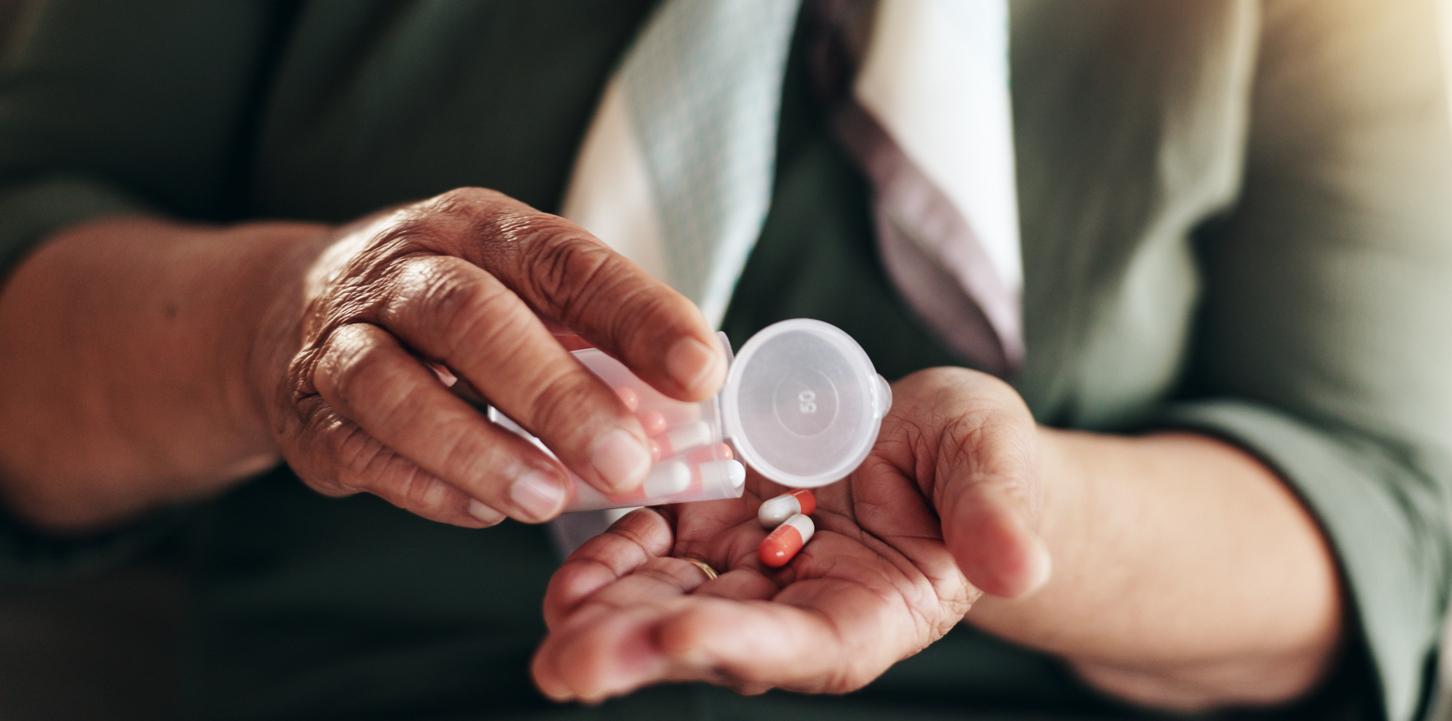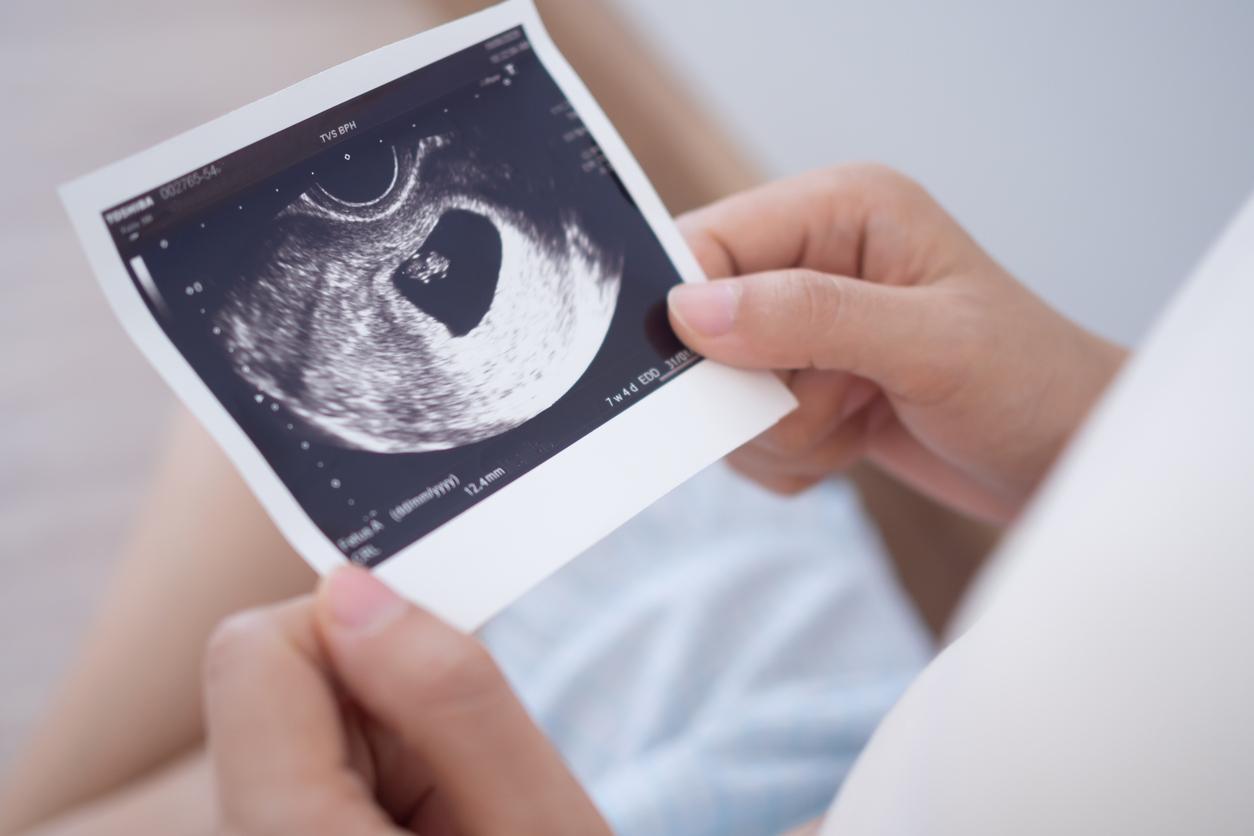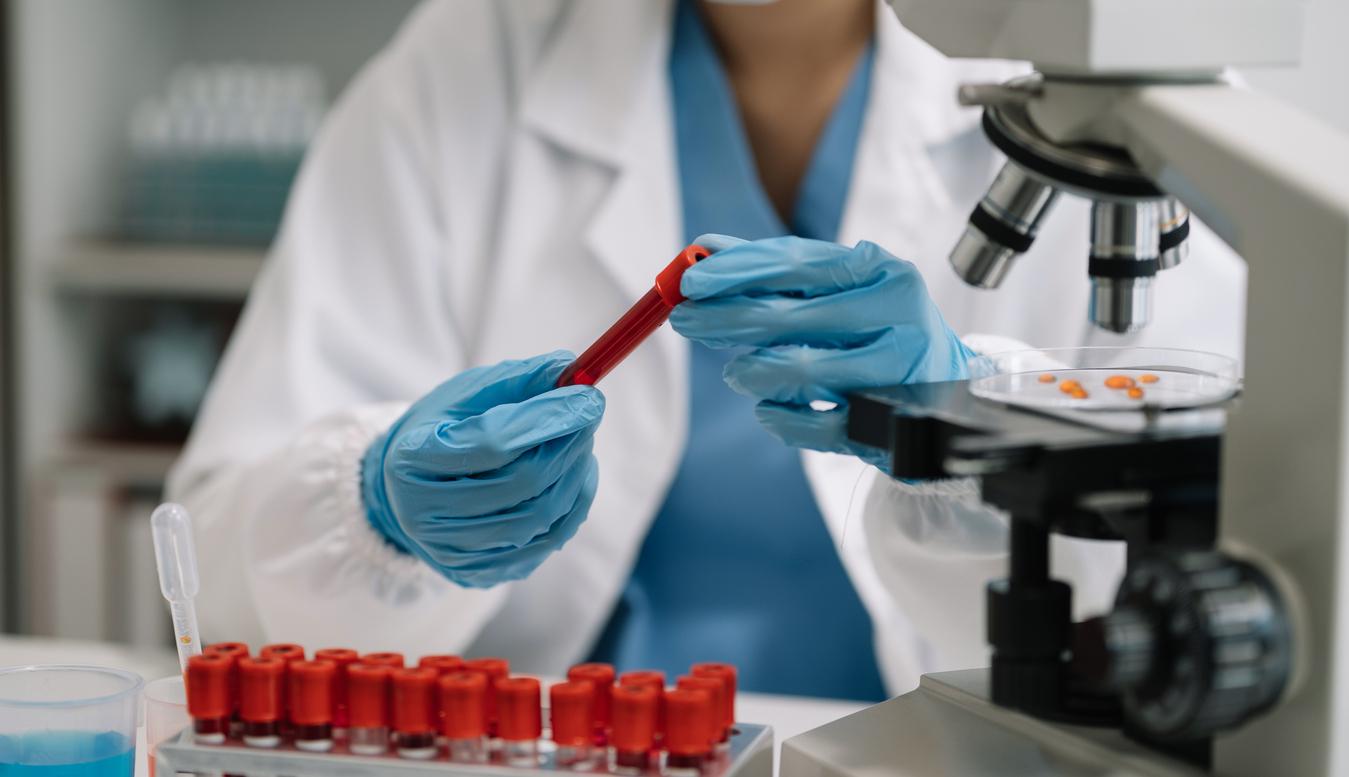One of the families concerned will be compensated. The other victim of the exchange could not be identified. The hospital is contesting the verdict.

In 2014, thanks to a DNA test, a young Austrian girl discovered that the mother who raised her was not her biological mother. A year later, the family lodged a civil complaint against the hospital where the mother had given birth, holding him responsible for an exchange of babies at the maternity hospital. The Austrian courts ruled in their favor and ordered the University Clinic in Graz (Austria) to pay 30,000 euros in damages to the complainant, now 26 years old, and to each of her two parents.
However, the latter still do not know what happened to their biological daughter. Despite an appeal launched by the clinic to women who gave birth between October 15 and November 20, 1990, the second family could not be identified. The tests carried out on the people who answered it all came back negative.
The justice considered that the exchange could have taken place only in the moments following the childbirth. A verdict that the hospital disputes, reports theAFP.
“The postman’s daughter”
In France, too, justice was seized for this kind of case. At the beginning of 2015, the court of Grasse (Alpes-Maritimes) had condemned a maternity hospital in Cannes. Sophie Serrano gave birth at 18 to a little girl, Manon. Suffering from jaundice, the newborn was often taken away from its mother to be placed under a UV lamp.
When leaving the maternity ward, the mother, seized with doubts, was surprised to see that her daughter’s hair had grown. The nursing staff reassured her by telling her that this was one of the classic effects of the treatment.
A year later, it had become clear that her daughter was not actually his: frizzy hair, dark complexion … Despite the mother’s Spanish origins, her companion was surprised at Manon’s lack of resemblance to her parents, suspecting adultery. The baby was even named “the postman’s daughter” in the Serrano village.
2 million euros
It was actually the daughter of a couple from Reunion Island, exchanged during UV treatment. Lacking incubators, the clinic had placed the two children in the same one, and a childcare assistant, presented as fragile and alcoholic, would have exchanged them at the return.
Twenty years later, the clinic was ordered to pay nearly two million euros in damages, 400,000 euros per child, and 300,000 per parent, and 60,000 for siblings.
Identity hangs on a piece of plastic
The birth bracelets, then placed on the ankle, had not made it possible to repair the error. “We noticed by looking at the photos that, from the first days, one of the two babies no longer had his”, Sophie Serrano told the Point, at the time of the verdict.
The absence of a bracelet poses the problem of identitovigilance. It must be worn by “anyone unable to disclose their identity”, according to a guide produced by French medical experts. Newborns, but also people in a coma or suffering from dementia are concerned.
Bracelets or biometrics
The bracelet makes it possible to avoid exchanges, as is the case here, but also errors in the administration of drugs, or for a surgical intervention. Between 1 in 15,000 and 1 in 30,000 operations are done on the wrong side, and about 1 in 100,000 on the wrong person. The numbers are small, but often have dramatic consequences. Whether medical or psychological.
Some hospital departments use other more reliable methods than the bracelet to identify patients, and limit these errors. Biometrics, by fingerprints or the superficial venous network, are not very expensive methods: they only require around 20,000 euros of investment to be put in place, and avoid the risks associated with the loss of a small plastic bracelet.
.















